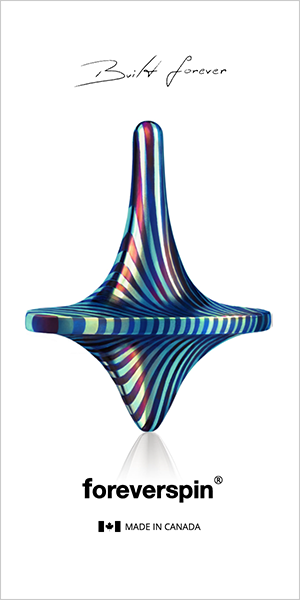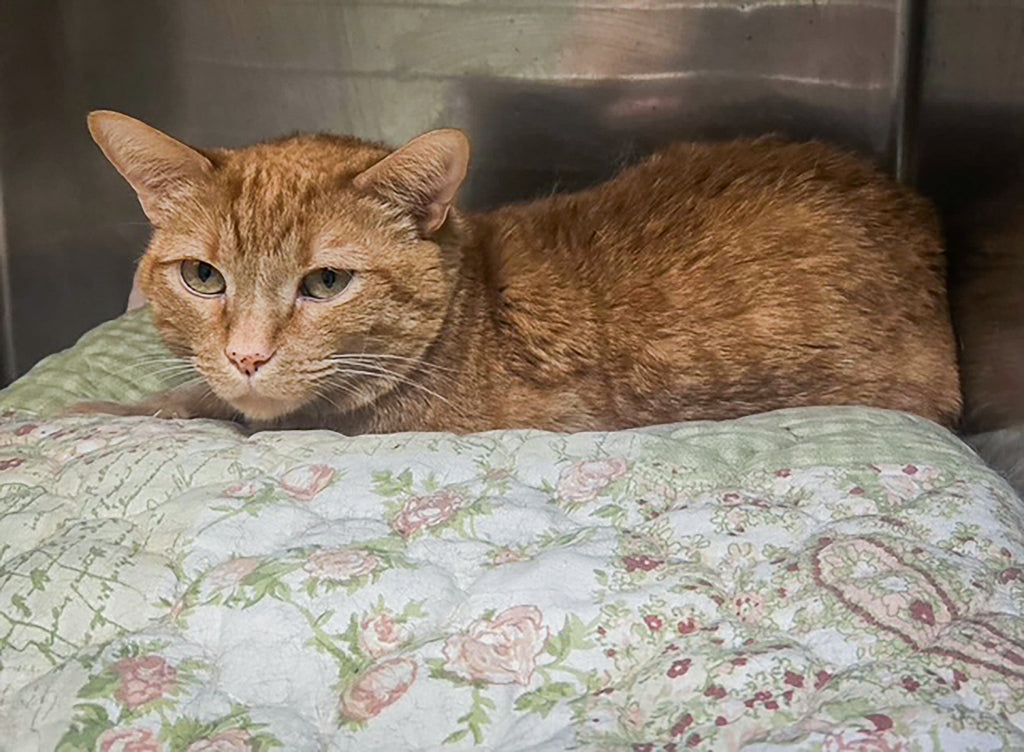When Yann Bizien walked into a hospital emergency room in Versailles in 2017, he likely didn’t expect to be told he had pancreatic cancer that had already spread to his liver. At just 35 years old, a healthy father who exercised regularly and didn’t smoke, the diagnosis was both shocking and grim. Pancreatic cancer is one of the most aggressive forms of the disease, with a five-year survival rate of just 1 percent for stage-four patients. Yet somehow, Bizien beat the odds. His story, and those of others like him, are now at the center of a growing effort to understand cancer resistance and survival, with the hope of developing new cancer treatments and prevention strategies.

Bizien’s journey through chemotherapy, recurrence, and eventual remission is a powerful example of what researchers are calling “cancer super-survivors.” These are individuals who, despite facing some of the deadliest forms of cancer, live far beyond what statistics would predict. His participation in the Rosalind study, funded by the biotech company Cure51, aims to uncover what makes these rare cases possible. The study focuses on aggressive cancers like pancreatic cancer, metastatic small cell lung cancer, and glioblastoma IDH wild type, and seeks to identify genetic or biological factors that might explain why some patients survive while others don’t.
One of the natural keyword phrases in this story is “cancer resistance,” and it’s a concept that is gaining traction in the scientific community. Traditionally, cancer research has focused on understanding how the disease develops and how to treat it. But now, researchers are shifting their gaze toward the outliers — those who survive, those who never develop cancer despite high risk, and even animals that seem naturally shielded from the disease. This shift could open new avenues in both treatment and prevention.
Thankamma Ajithkumar, a clinical oncologist at Addenbrooke’s Hospital in Cambridge, leads the Rosalind study in the UK. She points out that while medicine often focuses on what goes wrong, there is much to learn from what unexpectedly goes right. These exceptional cases could hold the key to understanding how some bodies fight off cancer more effectively than others. The study collects tumor tissue and clinical data from survivors like Bizien and compares them with data from patients who did not survive, in hopes of identifying patterns or biomarkers that could inform future therapies.
Researchers are also looking beyond humans to understand cancer resistance. Vera Gorbunova, a biology professor at the University of Rochester, has spent years studying long-lived animals such as bats, naked mole rats, and whales. These animals rarely develop cancer, and her work has revealed unique biological mechanisms that may contribute to their resistance. For example, certain bat species show high activity of P53, a tumor-suppressing protein, and naked mole rats produce a substance called hyaluronic acid that appears to slow cancer cell growth. These discoveries may eventually translate into human therapies, though Gorbunova notes that clinical application is still a few years away.
Another intriguing area of research involves why cancer incidence declines in people over 80, despite the disease being closely associated with aging. Tuomas Tammela, a cancer biologist at Memorial Sloan Kettering Cancer Center, suggests that older individuals may have fewer self-renewing cells, which are the types most likely to become cancerous. In mouse and human studies, his team found that tumors were less likely to form in older tissue. This insight underscores the importance of early-life cancer prevention and may help explain why some elderly individuals remain cancer-free.
Genetic resilience is also under scrutiny. A study from Albert Einstein College of Medicine examined the mutation rates in the airways of smokers and non-smokers. Interestingly, researchers found that after a certain point, the mutation rate in heavy smokers plateaued, suggesting some individuals may be better at repairing DNA damage. However, the sample size was small, and all heavy smokers eventually developed cancer, albeit later in life. This line of inquiry, while preliminary, adds another layer to the complex puzzle of cancer resistance.
For Bizien, the road to remission was anything but easy. His chemotherapy, similar to treatments used decades ago, was grueling and at times left his doctors questioning whether to continue. He was unable to join clinical trials due to eligibility constraints and found little in the way of innovative treatment options. Yet he persisted, and in 2022, he was declared in remission. His decision to join the Rosalind study came from a desire to help others who might one day find themselves facing the same bleak prognosis.
The study’s design separates participants into groups based on their treatment response: those who recovered after a single intervention, those who needed multiple treatments, and those who did not survive. Cure51 hopes to build a comprehensive database that reveals the biological underpinnings of survival in fast-moving cancers. According to CEO Nicolas Wolikow, more than ten potential treatment targets have already been identified, though they have not yet been disclosed to the public.
Despite the promise, some experts caution that the timeframe for gathering data — just 24 months — may be ambitious given the low survival rates of the cancers under study. Previous efforts, such as a National Institutes of Health program on exceptional responders, yielded only a few actionable insights from hundreds of cases. Still, the approach is seen as innovative and necessary, especially in areas where treatment advances have stalled.
Bizien’s story is a reminder that even in the face of grim statistics, survival is possible — and understanding why it happens could change the future of cancer care. As he put it, “When you try to put numbers and you see that you have a 1.8 percent of survival rates, that means that you are very lucky.” His experience, and those of others like him, may one day make that luck a little more common.













